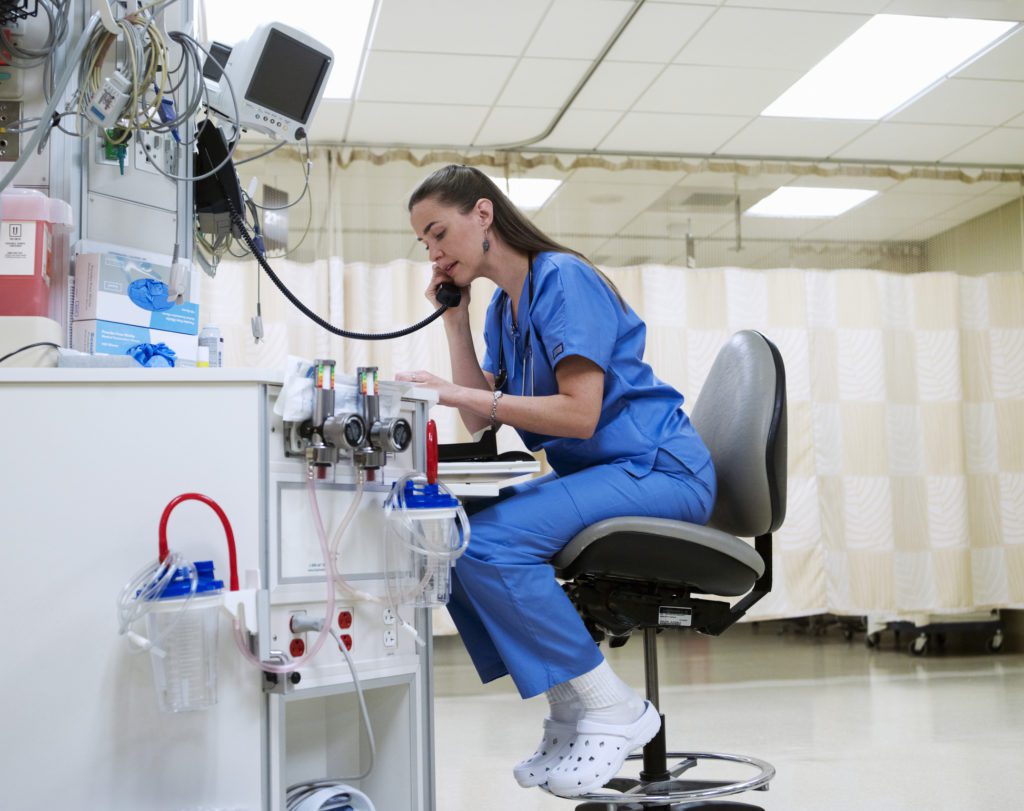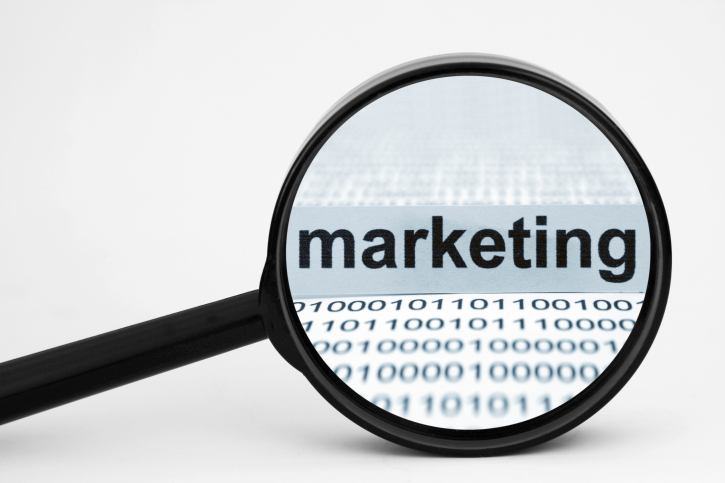How Real-Time Location Services & Streaming Data Help Solve Healthcare’s Staffing Shortage
Like others across the healthcare industry, your organization faces a nursing shortage. This challenge doesn’t have a straightforward solution, and it’s expected to continue for years to come. Therefore, healthcare leaders can’t afford to have nurses spending 21 minutes per shift looking for equipment. One part of your solution should include real-time location services (RTLS). Asset tracking, IoT, and RTLS are well-known technologies used by almost a quarter of healthcare systems. While we tend to think of it as a form of loss prevention, it’s critical to understand how its use benefits your staff, increasing productivity and improving experiences.
Staffing Shortages Present Significant Challenges
During the pandemic surge in January 2022, MedTech Dive reported on HHS data showing that “nearly a quarter of U.S. hospitals reported critical staffing shortages.” Although hospitalization rates have dropped, multiple experts have warned about future pandemics’ likelihood. However, even before the pandemic, many nurses were edging toward retirement. The American Hospital Association (AHA) says, “Federal data shows that we are expecting to lose 500,000 nurses by the end of this year, many through retirement, bringing the overall shortage of nurses to 1.1 million.”
AHA also said, “America will face a shortage of up to 124,000 physicians by 2033 and need to hire at least 200,000 nurses per year to meet increased demand and replace retiring nurses.” These deficits impact patient care and workforce culture, increasing employee burnout, workplace stress, and absenteeism.
RTLS Provides Solutions
Real-time streaming data can cut back on your nurses’ time looking for equipment. According to Guiding Metrics, “Nurses spent, on average, 21 minutes per shift looking for equipment — a loss of $500k in non-productive work time.” If your average nurse works three 12-hour shifts, this figure equates to over 50 hours of downtime per year. Nurses with five shifts per week could spend almost 90 hours per year looking for equipment. Now multiply that for every nurse you have per shift. That’s an astronomical number that can be greatly reduced by real-time location services.
RTLS is already used in 20% to 25% of healthcare systems, so it’s a technology many IT professionals and leaders are familiar with. IoT and RTLS systems offer a way to modernize operational flow and improve the environment for both staff and patients, leading to better clinical outcomes.
RTLS Benefits Extend to Staffing and Asset Utilization
When a nurse starts their shift, one of the first things they must do is find the necessary equipment to care for their patients. If that equipment isn’t where it’s supposed to be, how can they do their jobs? And how does this issue affect patient experiences and outcomes?
In addition, your organization faces challenges with staff security, asset utilization, and delivering better patient outcomes. Hospital asset utilization is around 40%, but many organizations over-order or overstock because of a lack of visibility and control over their assets. RTLS helps healthcare leaders optimize inventory and assets. According to Business Spotlight, “An average 150-bed hospital loses about $700,000 a year in medical equipment.” Likewise, “HIMSS says Texas Health saved $288,447 between reducing lost equipment and purchasing or renting less equipment.”
RTLS solves problems in your organization, such as:
- The time your staff spends tracking down available and functioning equipment
- Inadequate or slower-than-desired security responses due to inaccurate location data
- Visitors late to or missing appointments due to trouble navigating hospital campuses
- The time spent on manual monitoring for temperature-sensitive areas
Select the Best Real-Time Streaming Data Solutions for Healthcare
Although asset tracking is a mature technology, it’s been complex and expensive to deploy in the past. However, the right solution can speed up time to deployment and allow healthcare organizations the flexibility to expand their solution across departments or locations quickly. Your IoT platform should be secure and scalable, allowing you to track and monitor staff, conditions, and equipment. Moreover, it should include an innovative mix of software, hardware, and connectivity solutions.
Your software should be purpose-built for mobile and support how today’s employees work and interact with patients, leaders, and co-workers. Likewise, your hardware should leverage Bluetooth Low Energy (BLE) technology rather than infrared and ultrasound technologies. Lastly, your strategy should take a cloud-native approach to reduce the burden on on-premise servers.
Based on our experience with hospitals and healthcare systems, we’ve identified the characteristics of the best RTLS solutions. These traits extend to your hardware and software while applying to your data transport technologies.
The right RTLS solution is:
- Ubiquitous: Your IoT platform should provide coverage for your entire facility, including basements and parking garages. Facilities with dead zones will have data gaps.
- Scalable: Many legacy technologies limit the number of devices you can have. Flexible cloud solutions work efficiently whether you have 100 assets today or 1,000 tomorrow.
- Secure: RTLS systems and IoT devices provide vast data about critical hospital operations. Therefore, it’s vital to invest in secure solutions that protect data at rest and in transit.
- Accurate: With RTLS, it’s not about getting better at pinpointing a location. It’s about finding the asset or staff member accurately, down to the wall that the device leans against — all of the time.
- Cost-effective: Your RTLS should deliver a concrete return on investment (ROI). Moreover, your technology partners should work with you to determine the quickest route to a return. IoT platforms and devices must be affordable, allowing your organization to upgrade or purchase more devices even if it’s not part of your capital expenditure plan.
Repurpose RTLS to Mitigate Staffing Concerns
The staffing shortage isn’t going away. RTLS and IoT technology can reduce some of your burdens by automating manual data collection and making it easy to find equipment. As a result, your organization can cut costs, increase efficiency, and improve patient outcomes. Cox Business has long served the healthcare industry with fiber, networking, communications, and cloud services. This expertise extends to RTLS and IoT platforms. Develop the right strategy for your organization by exploring a partnership with Cox Business.

